Radio systems: features, types and models, selection criteria

The creation and development of radio systems at one time made a real revolution in the world of show business. These simple yet ingenious devices freed performers, singers and actors from the need to hold a microphone, gave them the ability to move freely around the stage, gesture and complement their vocal performances with choreographic performances. We will tell you about what radio systems are, what they are and how to choose the optimal model in our review.
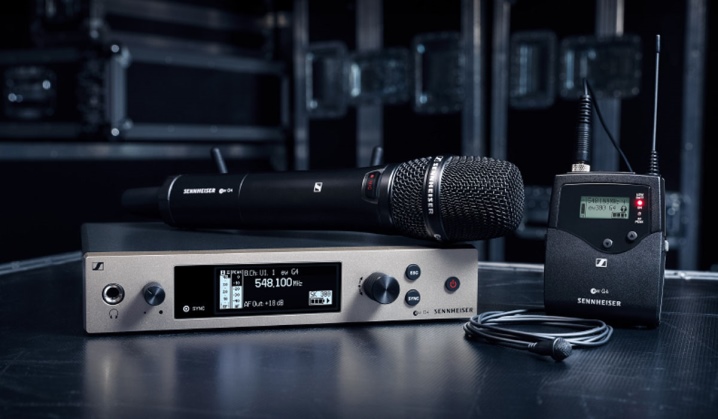
Peculiarities
Radio systems are a popular type of audio equipment. As a rule, they include a set consisting of a microphone, a built-in transmitter, and a receiver. The whole structure is connected to a recording device or to a mixing console. There are a large number of types of radio systems that can be used in events of one kind or another.
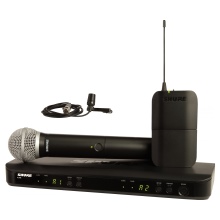
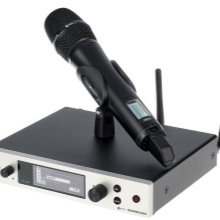
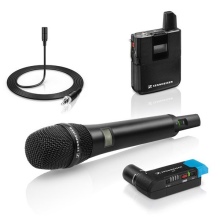
The principle of operation of radio systems is simple: certain sound frequencies are used to transmit information, at the same time, one device can serve several frequencies - the most expensive models are able to do this even in parallel. Devices of the highest category are characterized by an increased degree of protection of the used radio channels from interference, "jammers" and wiretapping.
In handheld transmitters usually dynamic vocal microphones are used. They are designed to interact with the human voice.
An alternative to them is compact lavalier microphones or headsets, which are often used by circus actors, as well as theater artists - during the performance of their numbers, they need maximum freedom of action and unoccupied hands. Such devices can be easily hidden under a wig or hairstyle, and the transmitter can even be attached to the body under clothing or directly on it.
Many users are interested in the quality of sound reproduction of such radio systems, especially when it comes to handheld models. It should be noted that in this aspect, progress today has reached truly amazing heights.
Today, you can buy a high quality microphone for a low price that is suitable for use in a wide variety of applications.

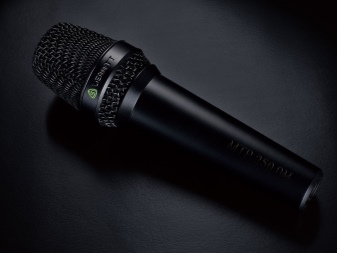
Varieties
By the type of radio signal transmission, devices can be analog or digital, as well as wired and wireless. According to their purpose, they are divided into vocal and instrumental, lavalier and head ones are distinguished.
Depending on the number of antennas, single-channel, two-channel, and sometimes even four-antenna systems are distinguished. Moreover, the larger the number of antennas, the more stable the received signal will be, since the sound is broadcast to each of them.
According to the number of transmitters, microphones can function either with one or several at once, the second approach is considered more practical. But the cost of such products will be much higher.

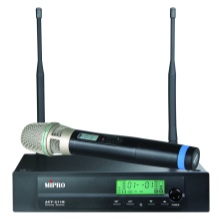

Let us dwell on some of them in more detail. Analog radio systems are divided into two groups:
- VHF - operate in the range 174 - 216 MHz;
- UHF systems - operate in the frequency range 470-805 MHz.
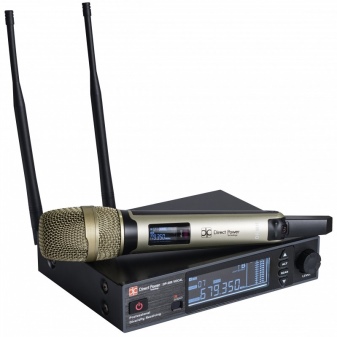
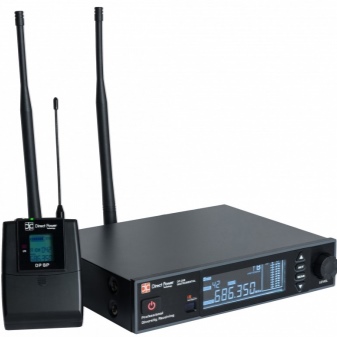
UHF belongs to a more professional category and there are several reasons for this:
- practically not subject to third-party interference from other equipment;
- can receive a signal at a significant distance, since UHF signals travel much faster through the atmosphere;
- there are slightly more unoccupied frequencies in this corridor, while part of the frequencies in the VHF corridor is allocated to digital television.
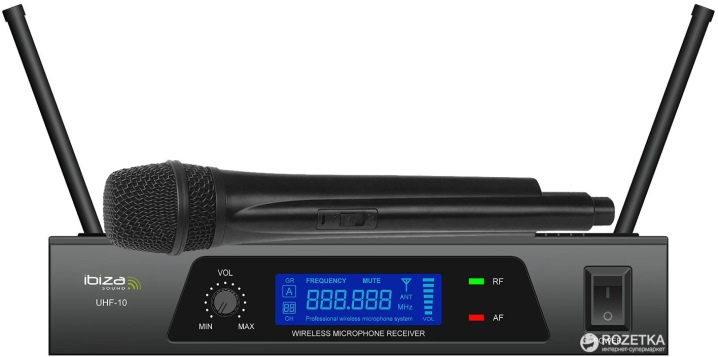
By the way, the last type of signals should be considered in more detail. Digital systems are relatively new, but they have already received a number of serious advantages in comparison with analog ones:
- in digital systems there is no need to compand the incoming signal, which leads to a serious loss of quality;
- there is no RF interference during signal broadcast;
- the digit is equipped with 24-bit convectors;
- digital signals have a much higher dynamic range;
- they are easy to use and precise.
Before choosing the radio system that is optimal for you, you should decide on the question of what purpose you need it for. And already, depending on this, select the configuration so that it contributes to the solution of specific tasks.

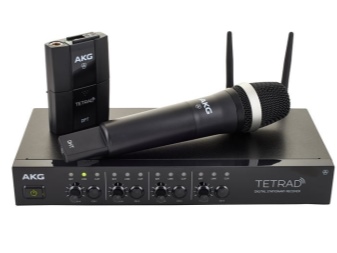
Instrumental radio systems able to interact with almost any tool. However, in most cases they are in demand among guitarists as well as bass players. The models include a special set consisting of a receiver and a body-worn radio station - it is attached to the performer's belt, it is connected to the instrument itself with a shortened cable. In some radio systems, the transmission is connected directly to the output of the guitar, in which case it does not require a cord at all.
Vocal radio systems allows singers, spoken actors, and presenters and lecturers to maintain freedom of movement. As a rule, the kit includes radio microphones and a base. In some cases, you need to connect a mixer, as well as an amplifier and some other headset.
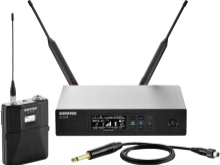

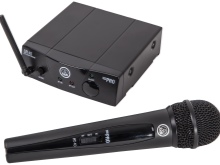
Lavalier option is a compact microphone with a clip, it is fixed to the user's clothing. Among the main advantages of lavalier microphones, one can single out miniature size, maximum comfort in use, but most importantly, they can be used in the most unfavorable acoustic conditions, for example, in a situation when there is some other equipment nearby and the microphone can pick up its signals. The lavalier design minimizes any background noise and audio distortion. One of the distinguishing characteristics of these models is improved speech intelligibility. The list of advantages of lavalier microphones does not end there, you can also note:
- multifunctionality;
- the ability to combine them with a variety of equipment;
- convenience of fasteners;
- invisibility when worn;
- the possibility of using it outdoors.
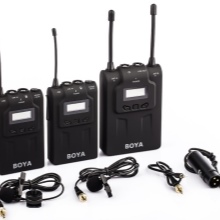
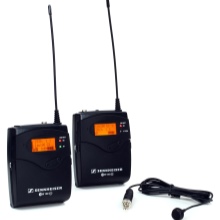

Users who need hands-free work often also purchase head-mounted microphones. This model assumes fixation on the head invariably at one point near the mouth, due to which the sound quality remains consistently high.
Where are they used?
Radio systems have found their application in those industries where it is necessary to provide a speaker or a speaker with a high-quality amplification of the sound of a voice, but at the same time preserve his autonomy and freedom of movement in various locations. That is why the device is widely used at festival venues, during concerts, in lecture halls, classrooms, conference halls, as well as at sports facilities. The on-camera model is popular with bloggers.
In addition to all of the above, with the help of radio systems, communication is carried out within the members of one professional team. For example, on a film set, at airports and in any guarded facilities, where they are a good alternative to walkie-talkies.
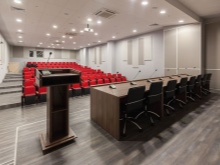
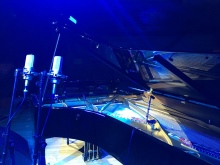

Model overview
Among the variety of radio systems, the following are the most popular.
Samson AirLine Micro Radio System
It includes two basic models.The first allows you to install a smartphone on a camcorder and a camera, it is used to record sound in high quality and synchronize it with the recorded video. The second model looks like a compact transmitter that is fixed to the ear. The heart of the radio system is a portable receiver. The model is optimal for fitness instructors and aerobics trainers, and it is also often used during seminars and conferences.
Models of this brand have waterproof radio transmitters, batteries that keep the device in working order for a long time, as well as convenient docking stations, with which, if necessary, you can quickly recharge the device.
Such radio systems are distinguished by a rich set of related accessories, moreover, they look stylish and have a very decent build quality.
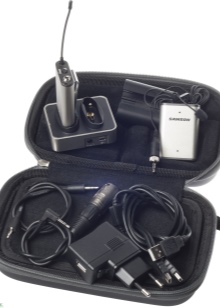

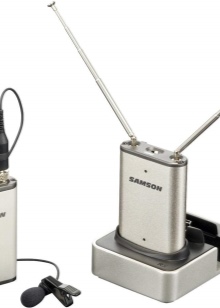
Sennheiser Digital 9000 Series Radio
This digital type radio system consists of an 8-channel module, as well as several transmitters, thanks to which high-quality data transmission is ensured. This solution, according to the manufacturer, brings the quality of the microphone closer to wired devices, and the modular design allows you to improve the radio system if necessary.
There is a built-in option for automatic signal loss compensation and an audio spectrum analyzer. Includes a bodypack or pocket transmitter, allows you to connect a lavalier microphone.

Shure PG Series Radio
These are UHF-band settings, they contain the transmitter itself, which is attached to the belt, a hand-held vocal microphone or a headset.

ULX Standart Series Radio System
Designed for conferences and seminars. It is a pocket or bodypack transmitter containing a buttonhole that attaches with a thin cord.
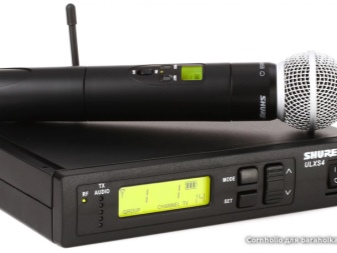
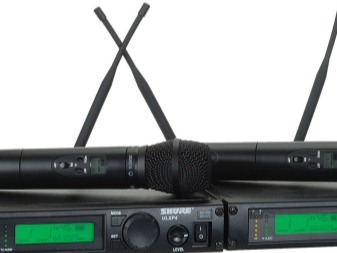
How to choose?
The type of microphone is far from the only technical and operational characteristic that you should pay attention to when buying a radio system. It is very important to clarify directional patterns of sound. This parameter fully reflects the number of directions in which the installation picks up the sound. If the equipment is unidirectional, then during operation it will have to be held evenly towards the sound source, while the heads of omnidirectional devices are able to receive signals from all directions.
Singers who use dedicated floor monitors usually prefer handheld transmitters with cardioid or supercardioid patterns - these are the models that eliminate the risk of interference. Omni-directional microphones more often used when organizing presentations and seminars.
However, if the performance takes place in an open area, then the omnidirectional diagram will rather be a disadvantage, since the movement of the wind will cause significant interference.
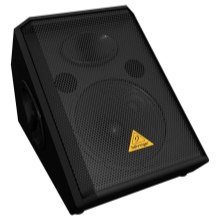

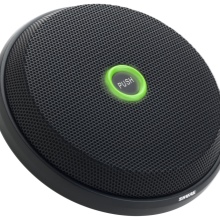
There are some peculiarities when choosing radio systems of each type. So, when buying an instrument microphone, you need to take into account that standard acoustic systems include a receiver, as well as a transmitter and a small cord with which the system is connected to a musical instrument. If you do not want to use a cable, then a wireless system should be selected.
Be sure to check the number of antennas as well as the perceived frequency range. The larger it is, the greater the range of the headset will be. It is not bad if the system provides for automatic frequency selection - this solution allows you to reduce the appearance of background noise to zero.
A standard vocal-type radio system includes a wireless microphone and base itself. Most often, performers choose hand-held microphones, but if it is fundamentally important for them to free their hands, then it is better to give preference to products with a buttonhole or headband.
The operating range of such systems usually does not exceed 100 m, if the parameter is exceeded, then sound interference may occur.
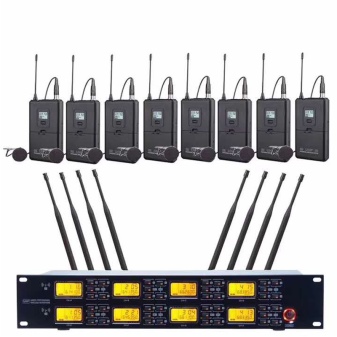
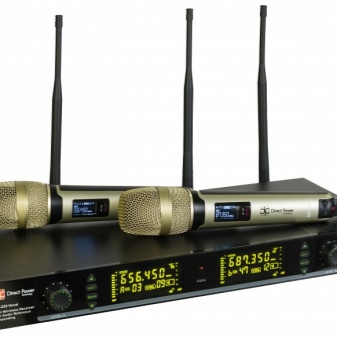
At the time of purchase, consider the power source - it can be rechargeable batteries or batteries. Batteries will drain quickly with heavy use.
It is better to give preference to such models, in which several microphones can be connected to a single base at once. This is much cheaper than purchasing a large number of standalone systems at once.

The main advantage of lavalier microphones is their miniature size, which makes the speaker system virtually unattractive. When choosing the optimal model, you need to evaluate the proposed products according to such criteria as:
- ease of fixation;
- additional functionality;
- duration of battery life;
- sound sensitivity;
- the ability to combine with other microphone acoustics.
Headphones are usually preferred by call center specialists and lecturers. It is very important for them that the device is soft and light. Otherwise, the user may experience discomfort during prolonged wear.

For an overview of the Stagg Suw30 radio system, see below.











The comment was sent successfully.